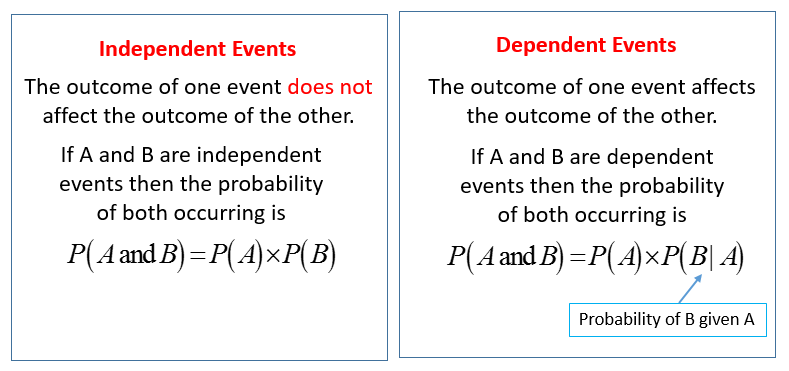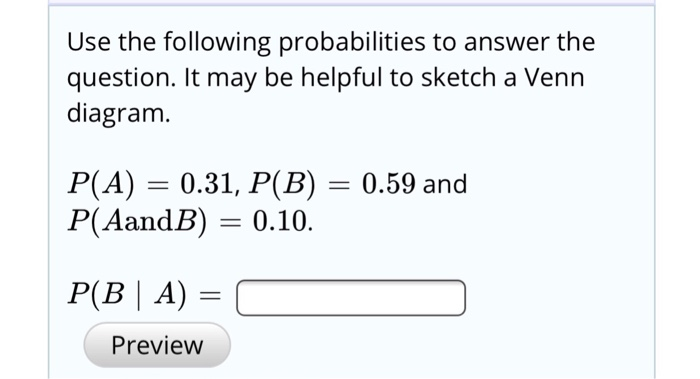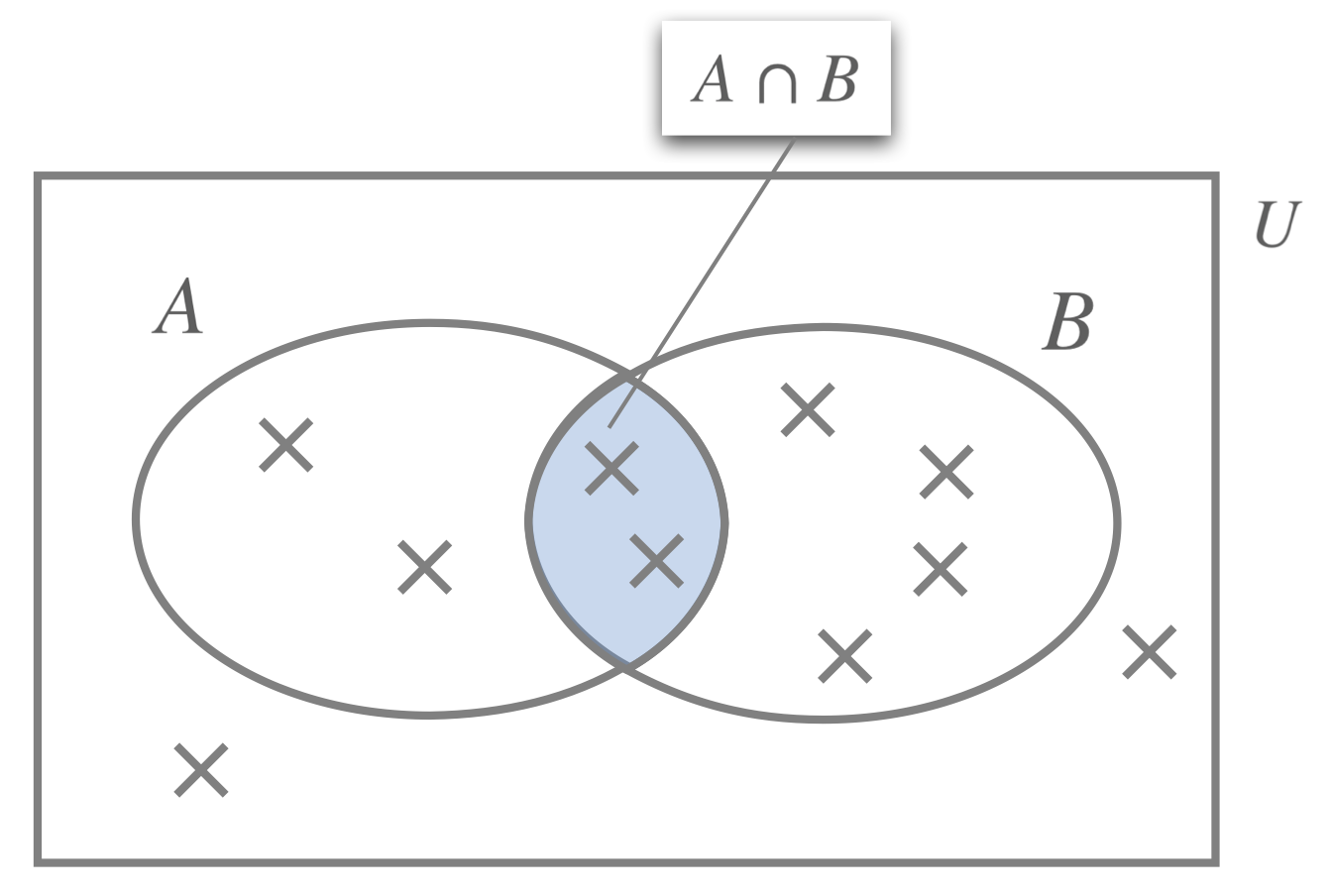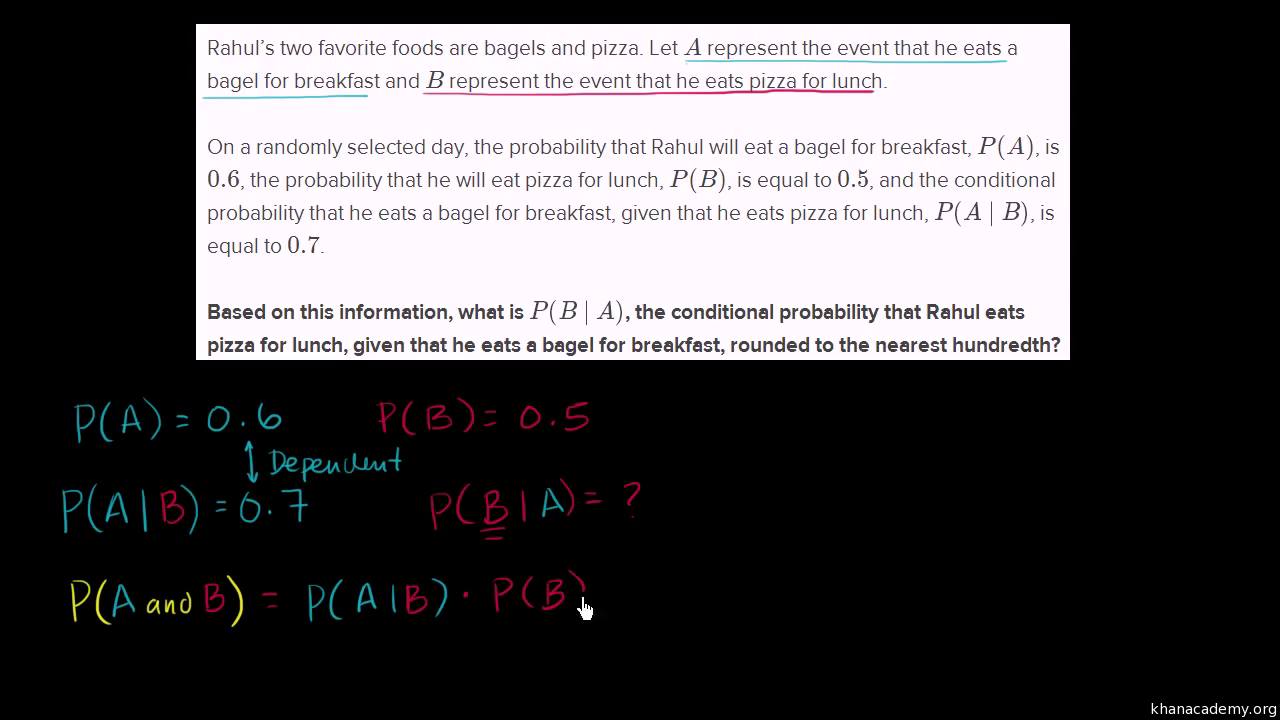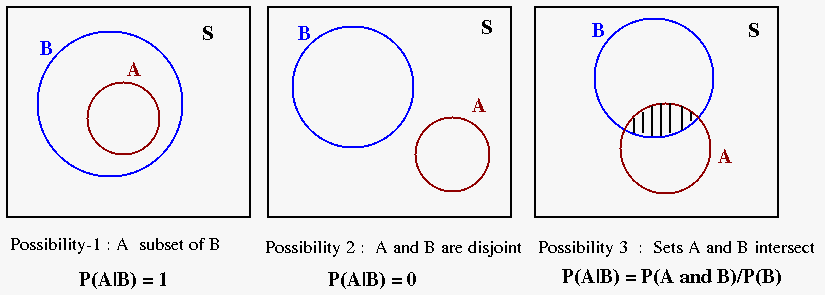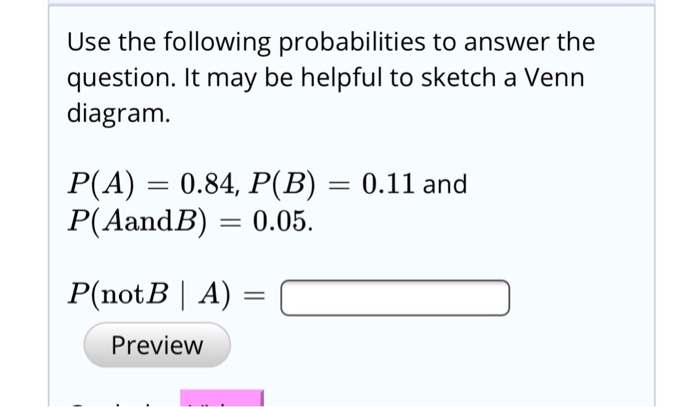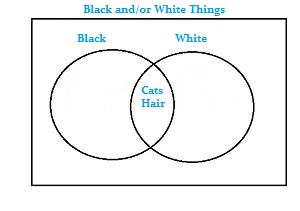Since A and B are two dependent events, P(A) =0.25, P(B) =0.33, P (A ∪ B) =0.43. What is P (A ∩ B)? - Quora

If A and B are mutually exclusive events, P(A)=0.35 amd P(B)=0.45, then find (i) P(A\') (ii) P(B\') - YouTube

12 How to Calculate the Probability of Independent Events P(A or B ) = P(A) + P(B) P(A and B) Depen - YouTube

Events a and B Are Such that `P(A) = 1/2, P(B) = 7/12 and P(Not a Or Not B) = 1/4 . State Whether a and B Are Independent? - Mathematics | Shaalaa.com

If A and B are any two events such that P(A) + P(B) - P(A a n d B) = P(A)? then (A) P(B | A) = 1 (B) P(A | B) =

SOLVED: Use the probabilities in the Venn Diagram to determine if the events A and B are independent: 0.27 0.18 0.33 A and B are independent because P(A) + P(B) #1. A

SOLVED: Match each equations with correct type of event: P(A) . P(BIA) Mutually Exclusive Events P(A) + P(B) P(A and B) Independent Events P(A aud B) P(A) Not Mutually Exclusive Events P(A) +

A and B are two events. Given that P(A)=0.25 , P(B)=0.3 and P(AandB)=0.05 . Drag and drop the answers into - Brainly.com

If P(A and B) = 0, A and B are mutually exclusive. Otherwise, A and B can occur jointly P(A) = 0.340 P(B) = 0.260 P(A and B) =0.200 P(C) = 0.200

probability - For a toss of fair die, if events are, A: {1,2}, B: {2,4,6}, and C: {4,5,6}, then A and B are independent but B and C are not. Why? - Cross Validated

